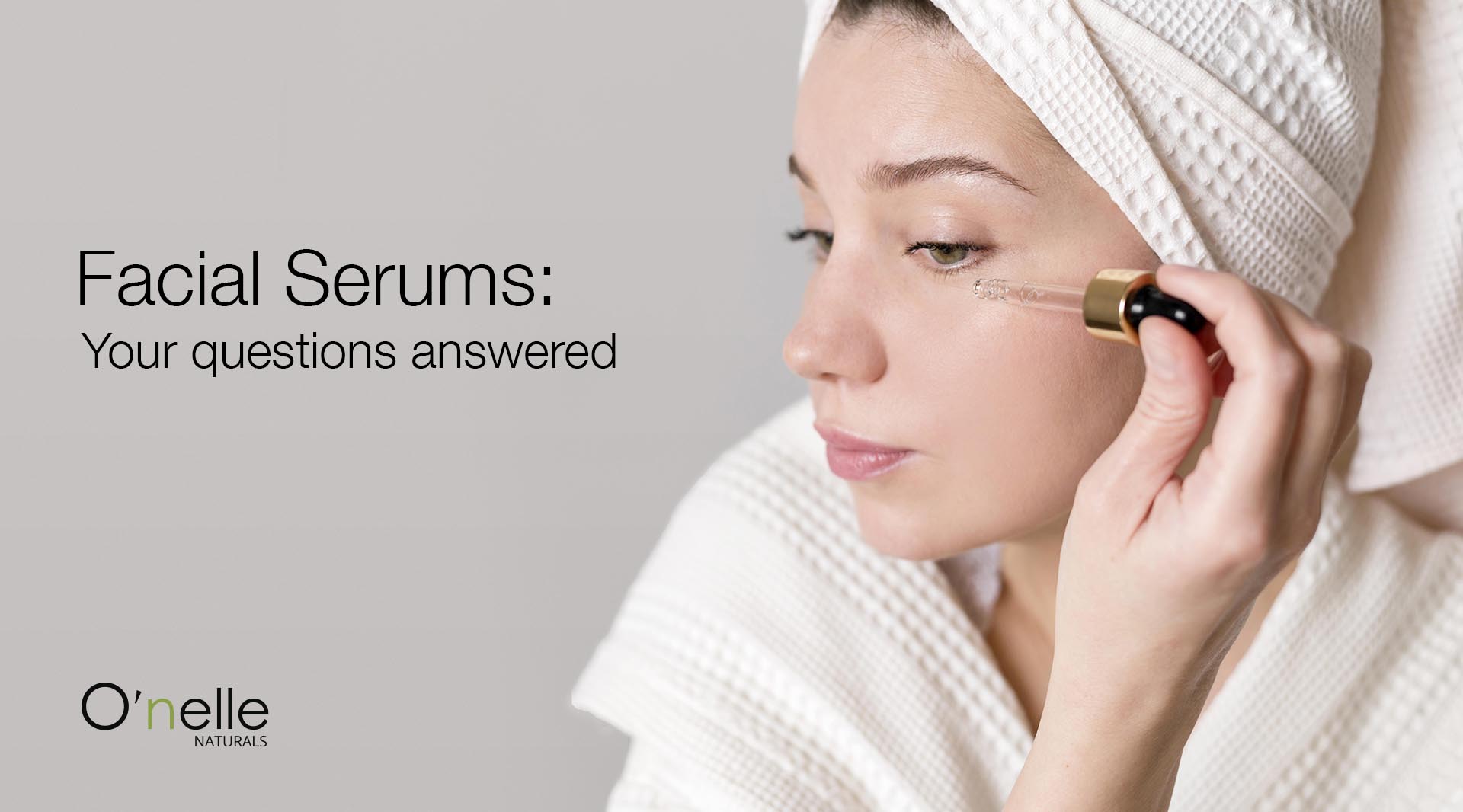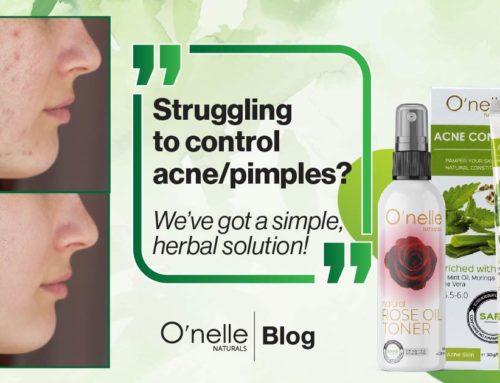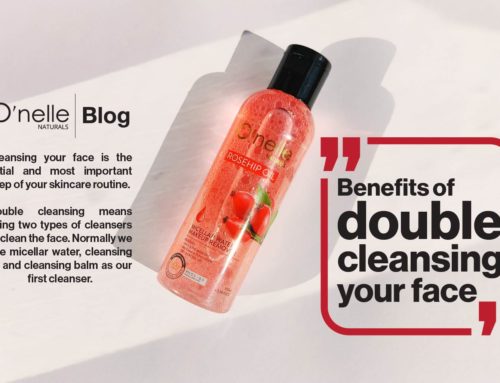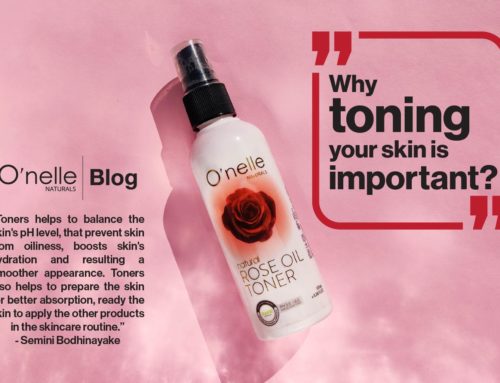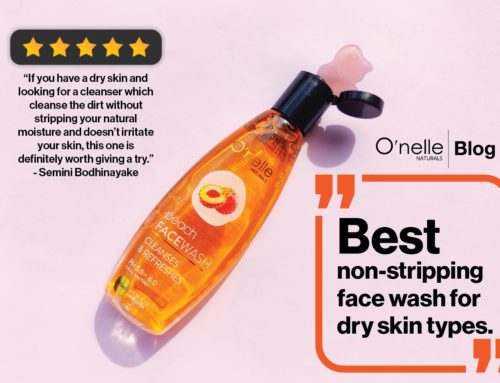You are not alone in having no earthly idea what a serum is. Even if you’re the proud owner of several serums, it’s not a particularly clear product on its surface. Think of the contradictions: It’s moisturizing, but you still use moisturizer. It can be oily, but it’s not necessarily face oil. It can be watery, but is it essence? Let me elaborate further into this.
What is a serum?
Serum is a skincare product you can apply to your skin after cleansing but before moisturizing with the intent of delivering powerful ingredients directly into the skin. Serum is particularly suited to this task because it is made up of smaller molecules that can penetrate deeply into the skin and deliver a very high concentration of active ingredients. This makes them a great tool for targeting specific skincare concerns, like wrinkles. Goodbye, signs of aging!
What does a serum actually do?
Our skin has pretty basic needs, like hydration and protection from UV damage that stay the same, and other, more specific needs, that will change depending on your hormonal status, the weather conditions and maybe even our lifestyle choices over the last few days. If your cleanser and moisturizer are here to fulfill the basic needs, while they are the foundation of your skin care routine, a serum is here to react to the changes, to act as a boosting shot with whatever our skin craves. A serum is particularly suited to this task because it is traditionally made up of smaller molecules and formulated to penetrate the skin rather than stay on top of it.
Is serum a moisturizer?
Yes and no. Serums can be chock-full of moisturizing ingredients (hyaluronic acid, ceramides) to help skin retain moisture. But, that doesn’t make them moisturizers in the traditional sense. Face lotions and creams are richer and create a barrier on top of the skin to keep all that good stuff in.
When should you apply skin serums?
Serums can be applied twice daily. They are the first products that should be applied to the skin after cleansing and toning. A sunscreen should be applied over the serum in the morning, and a moisturizer appropriate for an individual’s skin type should be used over the serum at night. Apply the serum with one or two fingers (so as to avoid wasting the serum on your hands) and massage thoroughly into the skin.
Is serum right for your skin?
Probably. Get to know your ingredients first. If you’re:
Acne-prone: Look for vitamin C (increases collagen production, enhances skin’s repair process, and reduces inflammation), retinol (also an antioxidant, reduces inflammation), zinc (soothes irritation, regulates oil production), and salicylic acid (unclogs pores).
Dry: Look for vitamin E (an antioxidant, protects cells from oxidative damage), niacinamide (improves skin elasticity, increases ceramide levels in skin), glycolic acid (gently exfoliates and lightens discoloration), and hyaluronic acid (retains moisture).
Feeling dull: Look for antioxidants like green tea extract, resveratrol, ferulic acid (these combat free radicals, increase effectiveness of sunscreen by day, and promote cellular repair and healing by night).
A word of caution: Because serums are super potent, more is not always better. Be careful before piling it on. Powerful ingredients can irritate sensitive skin. Always patch-test accordingly.


